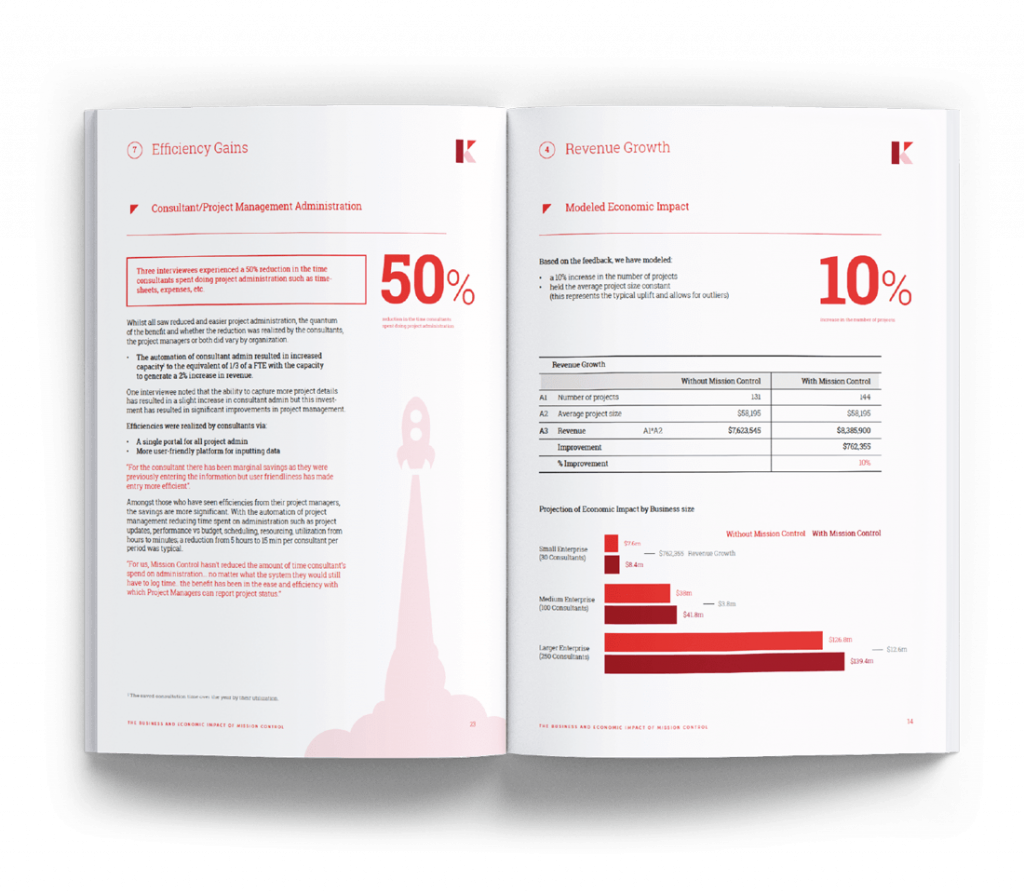Quality can make or break a project. You may deliver on time and under budget, but your efforts will be useless if the quality doesn’t meet your customer’s expectations.
When it comes to quality, you must deliver what you promised and do it on time. This requires a lot of planning and organization. That’s where a quality management plan comes in handy.
In this article, we’ll get you started with:
- What a project quality management plan is
- Why a quality management plan is important
- The steps in creating a quality management plan
- What quality assurance in project management is
- Ways to maintain consistent project quality
What Is a Project Quality Management Plan?
You can’t achieve project quality without a plan. You must be intentional and execute your projects skillfully to fulfill the project requirements and meet the customer’s needs. That’s why every project manager needs a quality management plan.
This is a document that outlines the resources required and the activities the project management team will carry out to achieve the quality objectives set for the project.
The quality plan defines quality methodology, standards, criteria, activities, expectations, tools and resources, reporting, and corrective actions. These are all the things you’ll apply throughout the project’s life cycle to meet quality goals.
Why Is a Quality Management Plan Important?
A quality management plan is essential to delivering a successful project for your customers. Following a quality management plan results in:
Better quality products
When you’re intentional about checking the quality of your projects, you’ll take your products through multiple development processes. You’ll produce better-quality products by maintaining quality production processes throughout the project. Further, you’ll consistently meet the customer’s quality expectations.
Higher levels of customer satisfaction
Delivering low-quality products or services reflects poorly on your organization. An unhappy client means your project didn’t measure up to the desired level of quality.
Quality management helps you create a quality product or service, and customers will take notice. You’ll have happy customers who want to do business with you again.
Increased productivity
To achieve project quality, you must have proper internal processes. By implementing streamlined processes, teams can communicate and collaborate better. When everyone in the organization understands the project quality plan, there will be increased project productivity, and the team will hit targets early.
Financial growth
Streamlined processes and increased productivity come with lower operational costs. Your team no longer wastes money on unnecessary processes or incurs costs in correcting defects. Consequently, the less money you spend on a project, the higher profits your business will generate.
What Are the Steps in Creating a Quality Management Plan?
To create a solid quality management plan, follow these four steps:
Step 1: Define the customer’s quality objectives
Before doing anything, you must identify your customer’s quality objectives. Here, you need to understand the customer’s requirements and then set standards to measure deliverables against. Communicate these standards with your client and project team to make sure everyone is on the same page.
Next, develop a plan and build processes to achieve your quality objectives within the constraints of your project.
Step 2: Execute the quality management plan
After you’ve developed your plan, execute it skillfully. Guide your team to execute project tasks according to the quality management standards you outlined in your quality plan.
Keep communication open and consistent during this step to enable teams to respond quickly to necessary changes during execution.
Step 3: Perform quality checks
To achieve your objectives, you must continually measure the quality of all activities and take corrective action until the team reaches the desired quality. Perform quality checks such as technical reviews, management oversight, and quality standards verification at every project step.
This step aims to ensure continuous improvement to guarantee you achieve deliverables that satisfy your client’s needs and expectations.
Step 4: Take corrective action
As you monitor your quality standards during execution, you may notice some anomalies or errors. It’s crucial to tackle these anomalies immediately after you capture them. This will help you bring the project back to its quality baseline without veering off the track in a way that affects the project timeline or budget.
What Is Quality Assurance in Project Management?
As you manage your projects, clients want constant assurance that you’ll meet all expectations regarding quality outputs. This is where quality assurance in project management comes in.
Quality assurance is the process of determining whether the quality management plan is proceeding acceptably. By implementing quality assurance, teams follow procedures as agreed. This helps prevent problems before they happen.
Quality assurance lets you predict and verify if teams achieve set quality goals. It also helps identify the need for corrective actions.
By performing quality assurance tests, you can map quality metrics to quality goals. This way, you’ll have data to support your reports on the quality status whenever you update the client on progress.
7 Ways to Maintain Consistent Project Quality
Quality projects separate the professional from the amateur. Here are seven tips to help you maintain consistent project quality from start to finish.
1. Commit to quality
Quality should be a company-wide commitment that’s reinforced repeatedly. It’s crucial that management views quality as a non-negotiable goal and share this commitment with the rest of the team. This way, workers will not make trade-offs and compromise quality.
2. Define quality
Quality is ambiguous, and what you may see as quality may not be the same for a client. Before you start a project, understand quality needs and expectations from your client’s perspective.
Then define the quality criteria to be used to deliver the client’s expectations. Help your team members understand this quality criteria and how to reach and improve it.
3. Stick to the project requirements
Once you’ve defined quality and the project requirements, stick to them. Even though continual project improvements are encouraged, be careful not to get overzealous. Adding features the customer didn’t authorize may lead to scope creep.
4. Manage quality
Establish a practical approach to managing quality. This can include establishing applicable quality standards and processes. Managing quality helps you monitor if teams are continually achieving quality goals.
5. Perform quality assurance
Perform ongoing quality audits to evaluate how well the team follows the quality management plan. This will help you know if you’ll meet your customer’s expectations.
6. Control the quality
Continuously inspect deliverables to identify and correct defects. This will ensure that the deliverables are defect-free and meet customer expectations.
7. Keep learning
Document your processes and actions throughout your project so you can look back and identify areas of improvement. Use the lessons learned to deliver better projects in the future.
How Mission Control Can Help Manage Your Project’s Quality
Developing a quality management plan is the first step to achieving the quality expectations of your projects. Using project management software to build your plan makes the process easier and more efficient.
Mission Control is a project management tool that provides a bird’s eye view of your processes, resourcing, and project progress. The tool offers Gantt charts, Kanban boards, and calendar views that visualize your workflow. This makes it easy to identify bottlenecks, poor resource management, and cost overruns so you can address them immediately.
Further, you can use the Kanban boards to add Work in Progress limits and enforce task approvals. This helps make sure only quality moves forward in production.
Our highly visual project management tool makes project management a breeze. It also gives you everything you need to ensure you deliver quality projects every time.
Request a demo today, and start running quality projects with Mission Control!





